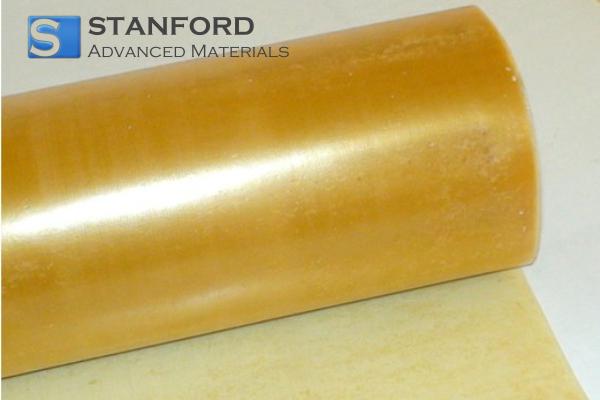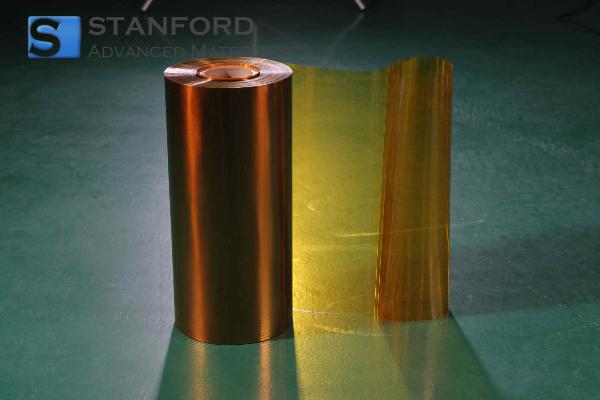Selenium: Element Properties And Uses
Description
Selenium is an essential trace element, possessing unique chemical and physical characteristics. It has various applications in industries, medicine, and electronics worldwide.
Introduction to Selenium
While Selenium is found primarily in mineral deposits in nature, it is one of the trace elements that are essential to living organisms, but industrial applications of the element extend further. Its ability to form compounds in different oxidation states has made this element particularly suitable for chemical reactions and processes. Researchers and engineers have long recognised Selenium due to its unique properties, allowing integration into applications from solar cells to electronic circuits.
Chemical Properties Description
Selenium exhibits a variable oxidation state, typically ranging from -2 to +6. This range facilitates the formation of several compounds with other elements. In chemical reactions, Se can participate in redox processes; its compounds are also examined for semiconductor properties and as catalysts. The electron configuration of the element endows it with a specific reactivity among non-metals, enabling the synthesis of both organic and inorganic compounds.
Selenium compounds are frequently used in experimental research related to photocatalysis and corrosion inhibition, underscoring their significance in the modern chemical industry. An understanding of the chemical properties of selenium is vital for comprehending its interaction with other materials and optimising both academic and industrial performance.
Physical Properties
Physically, Selenium has notable features: it can adopt either metallic or non-metallic properties, depending on its allotrope. The element exists in several amorphous and crystalline forms that assume different colours and textures. For example, while some allotropes of Selenium have a metallic grey brightness, other forms exhibit a reddish colour. These differences are important when selecting an appropriate form for specific industrial applications.
|
Property |
Value |
Notes |
|
Atomic Number |
34 |
Standard element number |
|
Atomic Weight |
~78.96 |
Average weight based on isotopic composition |
|
Density |
4.81 g/cm³ |
Measured in solid state |
|
Melting Point |
220 °C |
Varies with different allotropes |
|
Boiling Point |
685 °C |
Typical value for the crystalline form |
|
Appearance |
Metallic grey to red |
Allotrope-dependent variations |
For further details, please refer to Stanford Advanced Materials (SAM).
Common Uses
Selenium is included in a broad range of applications that utilise this element's distinctive characteristics.
In electronics, it is used in photocopiers and solar cells due to its photoelectric sensitivity.
In the glass industry, Selenium aids in eliminating the greenish tint in glass and can impart a reddish hue when desired.
Moreover, Selenium, being an essential micronutrient, is added to various dietary supplements to support metabolic functions and enhance the immune system.
Its compounds are also employed in pigments for ceramics and plastics, as well as in lubricants to improve machinery performance.
The varied applications of Selenium across these industries highlight its significance in both everyday products and specialised industrial systems.
Preparation Techniques
Care is taken in the preparative methods of Selenium to ensure its purity and effectiveness for use in numerous applications.
Selenium is usually produced as a by-product in the refining of ores, for instance, those of copper. The extraction generally entails roasting the ore in a manner that converts Selenium into a volatile compound, which is then condensed and purified. Other preparation methods may involve the chemical reduction of selenium to its elemental form.
Both of these methods have been refined to produce Selenium with minimal impurities so that chemical and physical properties can be maintained. Detailed procedures and new technological advances have enhanced these processes, making Selenium widely available for both laboratory research and industrial production.
Frequently Asked Questions
What is Selenium?
Selenium is a non-metal element, essentially required in trace amounts for biological functions, and widely used in various applications across industries.
How is Selenium generally prepared?
It is mostly extracted from selenide ores during the refining of metals like copper, using roasting and purification techniques.
What are the common uses of Selenium?
Selenium is used in solar cells, photocopiers, glass manufacturing, pigments, and as an important micronutrient in dietary supplements.
How do the chemical properties influence applications?
This ability of Selenium to exhibit multiple oxidation states renders it useful in a wide range of compounds for semiconductors and catalytic processes.
Which industrial products does Selenium form a part of?
The unique properties of selenium are utilised in the production of high-performance alloys, electronic circuits, specialised pigments, and glass products.

 Bars
Bars
 Beads & Spheres
Beads & Spheres
 Bolts & Nuts
Bolts & Nuts
 Crucibles
Crucibles
 Discs
Discs
 Fibers & Fabrics
Fibers & Fabrics
 Films
Films
 Flake
Flake
 Foams
Foams
 Foil
Foil
 Granules
Granules
 Honeycombs
Honeycombs
 Ink
Ink
 Laminate
Laminate
 Lumps
Lumps
 Meshes
Meshes
 Metallised Film
Metallised Film
 Plate
Plate
 Powders
Powders
 Rod
Rod
 Sheets
Sheets
 Single Crystals
Single Crystals
 Sputtering Target
Sputtering Target
 Tubes
Tubes
 Washer
Washer
 Wires
Wires
 Converters & Calculators
Converters & Calculators
 Write for Us
Write for Us




 Chin Trento
Chin Trento



